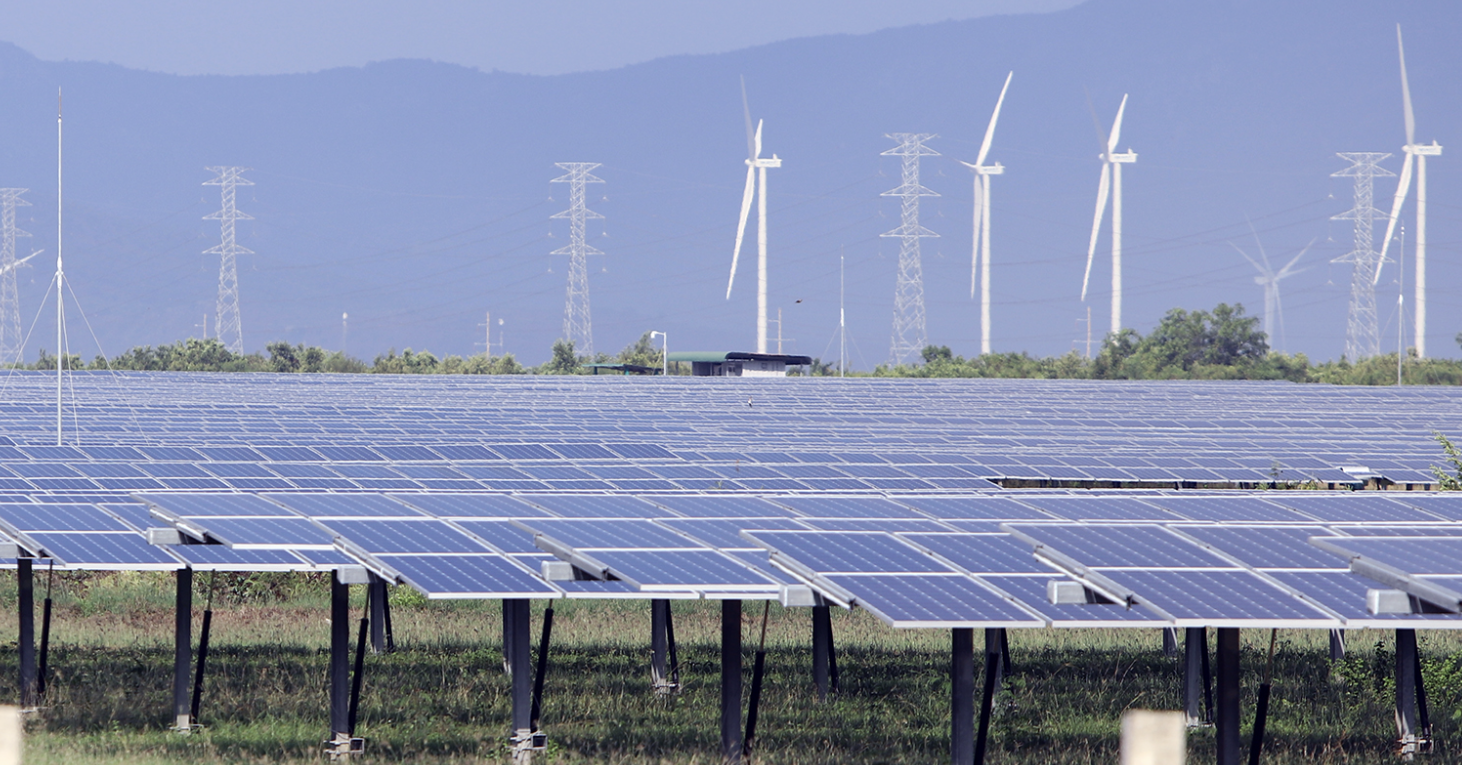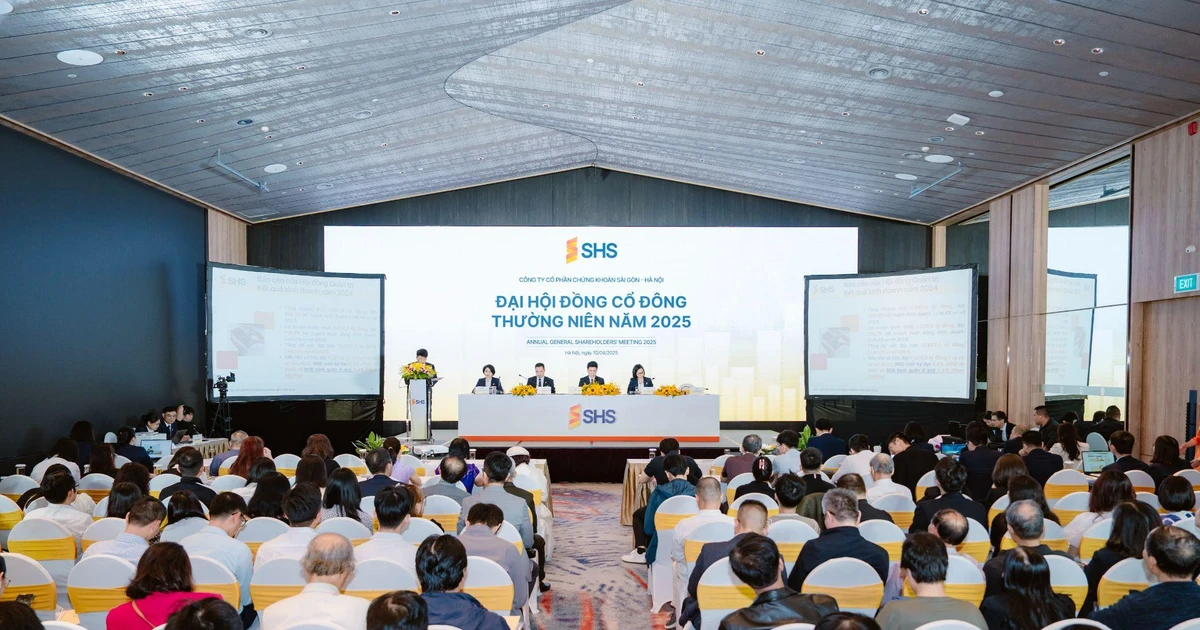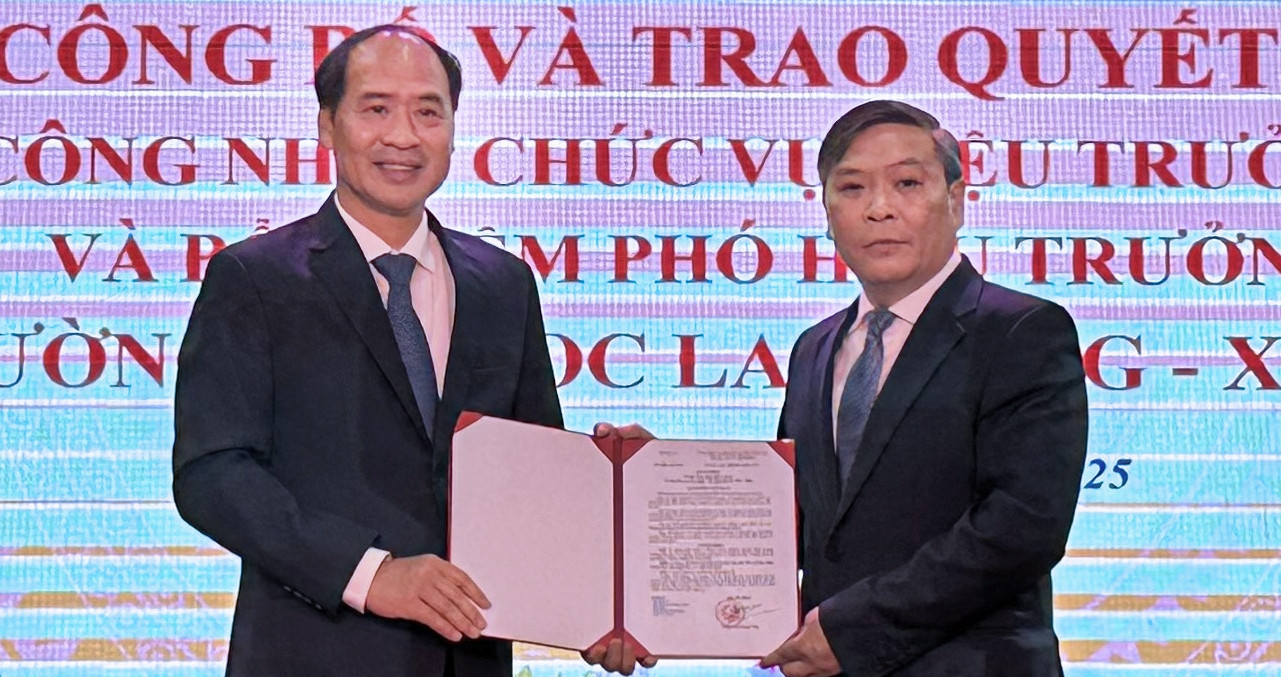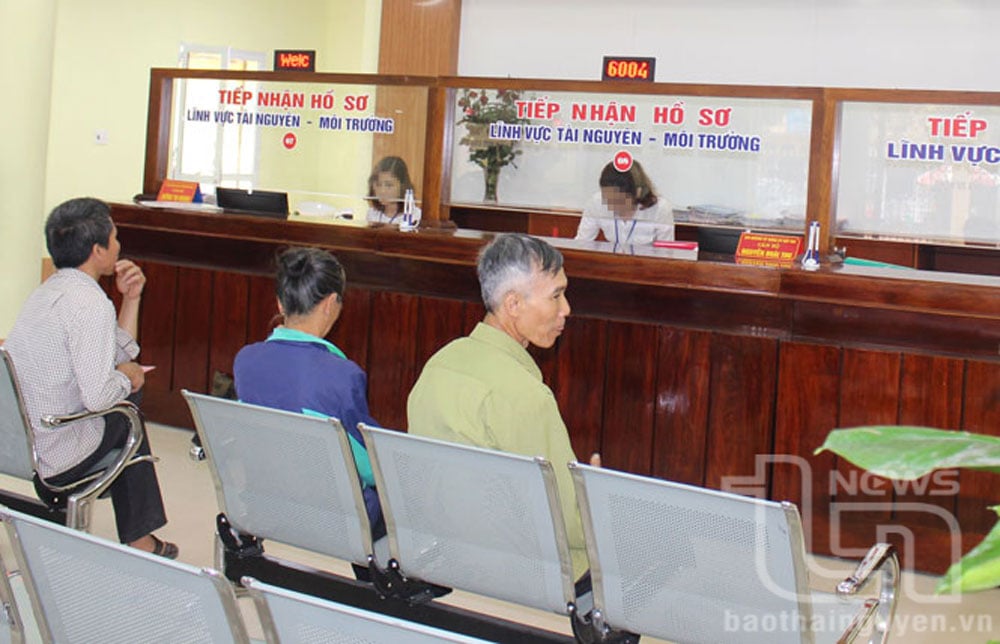The Ministry of Industry and Trade has just sent the Ministry of Justice a dossier to build a new decision to replace Decision No. 24/2017/QD-TTg on the mechanism for adjusting average electricity prices .
The drafting of the decision aims to develop a mechanism for adjusting electricity prices according to the roadmap under the direction of the Government Standing Committee; at the same time, amend the formula for calculating the average retail electricity price with factors linked to the actual cost of electricity production and business, and supplement regulations on electricity price plan documents according to the opinion of the Government Inspectorate.
In addition, the new draft decision aims to amend and supplement definitions and adjust the formula for calculating electricity prices to reflect the purchase and sale of electricity in a competitive wholesale electricity market with many buyers and sellers; and supplement the role of the State Capital Management Committee at enterprises.

The electricity price adjustment cycle as stipulated in Decision No. 24/2017/QD-TTg is 6 months. The draft decision studies the adjustment of electricity prices according to a roadmap, and can adjust electricity prices many times a year to avoid causing major impacts on the macro economy, while ensuring timely reflection of fluctuations in input parameters on electricity prices.
Specifically, the draft amends the principles for adjusting the average electricity price to adjust the electricity price according to the roadmap: Compare the results of calculating the average electricity price at the prescribed times (annually, quarterly) with the current average electricity price to consider the adjustment; Calculate and update the electricity price quarterly based on the cost of electricity generation and expenses not included in the electricity price; Shorten the cycle of adjusting the electricity price from 6 months to 3 months.
"Electricity prices are adjusted in a step-by-step manner, avoiding sudden changes and major impacts on the macro-economy, business production and people's lives in accordance with the direction of the Government Standing Committee," the Ministry of Industry and Trade analyzed.
Comparing the results of electricity price calculation at the time of calculation with the current electricity price to consider adjustment, instead of comparing input parameters, is a tool to effectively adjust electricity prices according to the roadmap, promptly reflecting the cost of electricity production and business at the calculated times.
Allowing the calculation and updating of costs not included in the quarterly electricity price in the context of fuel prices tending to increase compared to the period before 2022 will create a legal corridor for businesses to recover reasonable and valid electricity production and business costs in a shorter time than the current plan.
For the people, the Ministry of Industry and Trade believes that adjusting electricity prices according to a roadmap will reduce and help spread the impact of electricity price adjustments on daily life, avoiding major changes and disruptions that cause negative public opinion.
Another notable point of this draft is the amendment of the method of establishing the average electricity price, the formula for calculating the average retail electricity price linked to the reality of electricity production and business.
Accordingly, the formula for calculating retail electricity prices allows for the recovery of losses from electricity production and business activities, including exchange rate differences in the implementation of electricity purchase and sale contracts, losses from electricity production and business activities, and other costs not included in the retail electricity price but determined in audited financial statements.
Citing the case of Vietnam Electricity Group (EVN) losing 26,000 billion in 2022, the Ministry of Industry and Trade analyzed: With the production and business results in 2022 being a loss and costs in 2023 continuing to accumulate due to the electricity price adjustment not being enough to recover input costs forming prices, while Decision No. 24/2017/QD-TTg has not yet specified regulations on considering the actual cost of electricity production and business in calculating planned electricity prices.
This makes it difficult for EVN to recover costs and make up for losses from previous years. This partly affects EVN's ability to develop and preserve state capital if production and business activities continue to suffer losses.
"Based on current regulations in the Law on Prices, electricity prices must ensure adequate compensation for actual costs and reasonable profits. Therefore, it is necessary to adjust the formula for calculating the average electricity selling price to clarify the factors related to the cost of electricity production and business," the Ministry of Industry and Trade argued.
EVN still has losses due to exchange rate differences from previous years that have not been fully accounted for. EVN's loss of VND 26,000 billion in 2022 does not include exchange rate differences. According to the inspection results of the Ministry of Industry and Trade, the amounts not yet accounted for in the cost of electricity production and business in 2022 include: the remaining exchange rate difference implemented according to the electricity purchase and sale contracts of power generation units in 2019 with an amount of about 3,016 billion VND; in 2020 about 4,567 billion VND; in 2021 more than 3,702 billion VND and in 2022 about 3,440 billion VND. |

Source




![[Photo] "Beauties" participate in the parade rehearsal at Bien Hoa airport](https://vstatic.vietnam.vn/vietnam/resource/IMAGE/2025/4/11/155502af3384431e918de0e2e585d13a)
![[Photo] Looking back at the impressive moments of the Vietnamese rescue team in Myanmar](https://vstatic.vietnam.vn/vietnam/resource/IMAGE/2025/4/11/5623ca902a934e19b604c718265249d0)
























![[Photo] Summary of parade practice in preparation for the April 30th celebration](https://vstatic.vietnam.vn/vietnam/resource/IMAGE/2025/4/11/78cfee0f2cc045b387ff1a4362b5950f)


























































Comment (0)